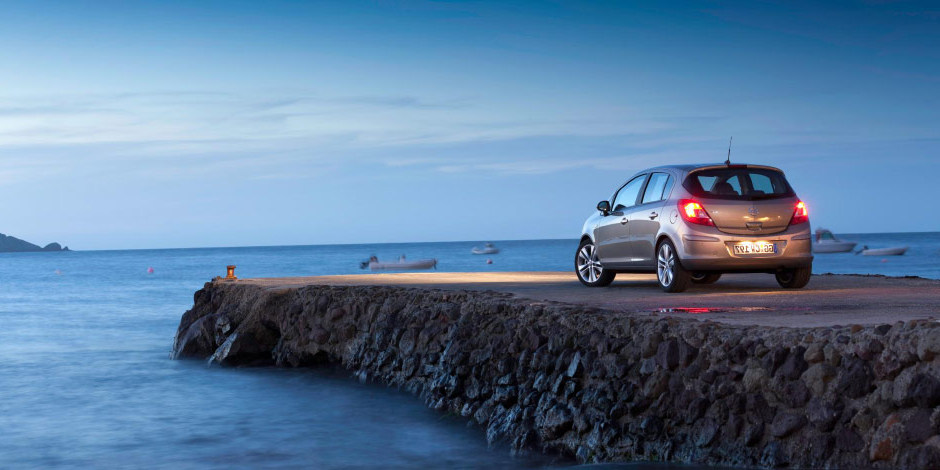|
The Dead Sea (Arabic: البحر الميت al-Baḥr al-Mayyit (help·info) Hebrew: also called the Salt Sea, is a salt lake bordering Jordan to the east and West Bank to the west. Its surface and shores are 423 metres (1,388 ft) below sea level, Earth's lowest elevation on land. The Dead Sea is 377 m (1,237 ft) deep, the deepest hypersaline lake in the world. With 33.7%salinity, it is also one of the world's saltiest bodies of water, though Lake Assal (Djibouti), Garabogazköl and some hypersaline lakes of the McMurdo Dry Valleys in Antarctica (such as Don Juan Pond) have reported higher salinities. It is 8.6 times saltier than the ocean. This salinity makes for a harsh environment in which animals cannot flourish, hence its name. The Dead Sea is 67 kilometres (42 mi) long and 18 kilometres (11 mi) wide at its widest point. It lies in the Jordan Rift Valley, and its main tributary is the Jordan River.
Geography
The Dead Sea is an endorheic lake located in the Jordan Rift Valley, a geographic feature formed by the Dead Sea Transform (DST). This left lateral-moving transform fault lies along the tectonic plate boundary between the African Plate and the Arabian Plate. It runs between the East Anatolian Fault zone in Turkey and the northern end of the Red Sea Rift offshore of the southern tip of Sinai.
The Jordan River is the only major water source flowing into the Dead Sea, although there are small perennial springs under and around the Dead Sea, creating pools and quicksand pits along the edges.[8] There are no outlet streams.
Rainfall is scarcely 100 mm (4 in) per year in the northern part of the Dead Sea and barely 50 mm (2 in) in the southern part. The Dead Sea zone's aridity is due to the rainshadow effect of the Judean Hills. The highlands east of the Dead Sea receive more rainfall than the Dead Sea itself.
To the west of the Dead Sea, the Judean Hills rise less steeply and are much lower than the mountains to the east. Along the southwestern side of the lake is a 210 m (700 ft) tall halite formation called "Mount Sodom".
Natural history
There are two contending hypotheses about the origin of the low elevation of the Dead Sea. The older hypothesis is that it lies in a true rift zone, an extension of the Red Sea Rift, or even of the Great Rift Valley of eastern Africa. A more recent hypothesis is that the Dead Sea basin is a consequence of a "step-over" discontinuity along the Dead Sea Transform, creating an extension of the crust with consequent subsidence.
Around three million years ago,[citation needed] what is now the valley of the Jordan River, Dead Sea, and Wadi Arabah was repeatedly inundated by waters from the Mediterranean Sea. The waters formed in a narrow, crooked bay which was connected to the sea through what is now the Jezreel Valley. The floods of the valley came and went depending on long scale climate change. The lake that occupied the Dead Sea Rift, named "Lake Sedom",[9] deposited beds of salt that eventually became 3 km (2 mi) thick.
|

